Bolting of Turnips: What To Do When A Turnip Plant Bolts
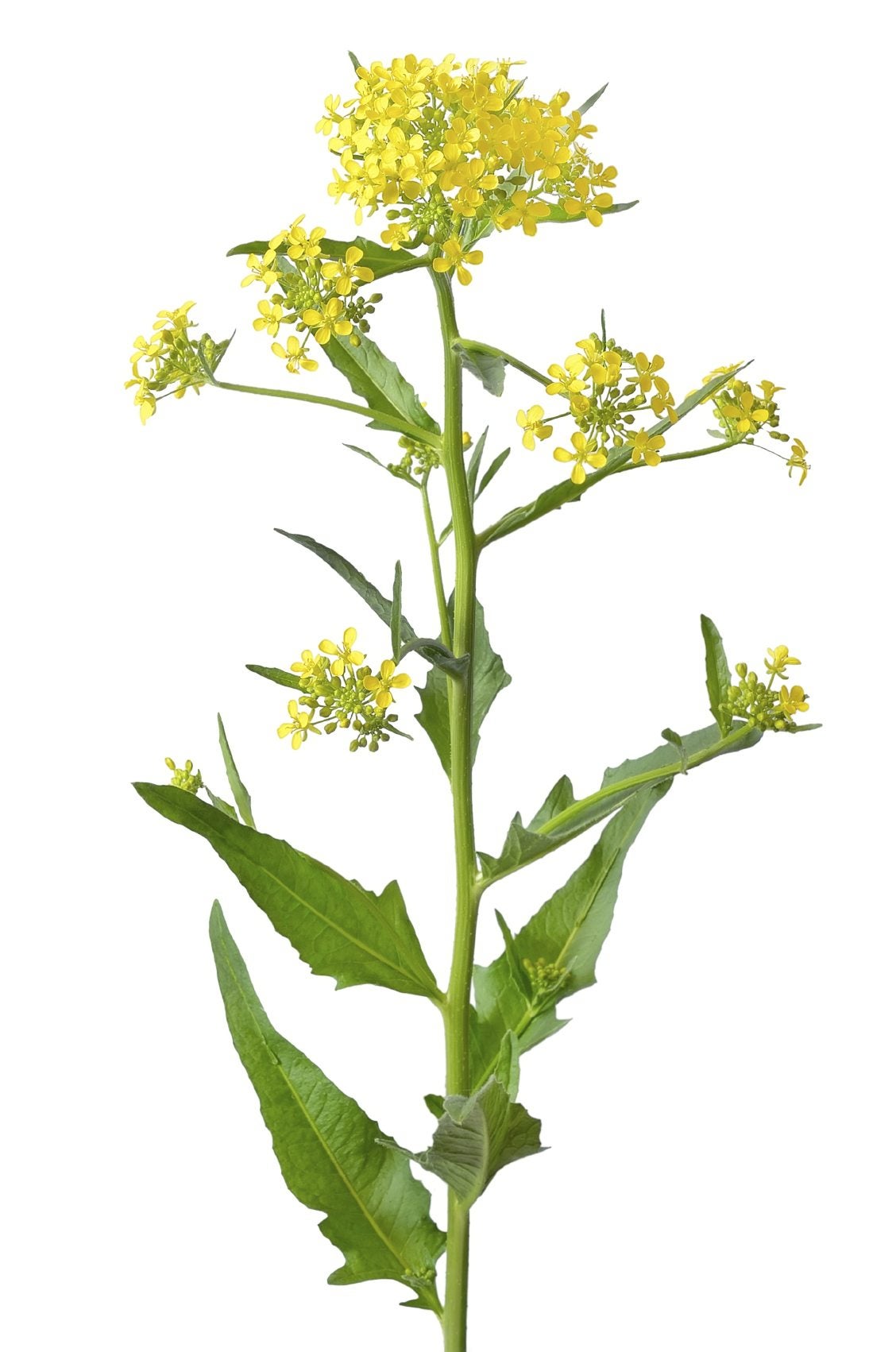
Turnips (Brassica campestris L.) are a popular, cool season root crop grown in many parts of the United States. The greens of turnips can be eaten raw or cooked. Popular turnip varieties include Purple Top, White Globe, Tokyo Cross Hybrid, and Hakurei. What do you for a turnip gone to seed though? Is it still good to eat? Let's learn why turnips go to seed and what to do when a turnip plant bolts.
Turnip Bolting: Why Turnips Go to Seed
Bolting is generally caused by stress which can take the form of too little watering or poor soil. Bolting of turnips is common when the soil is void of nutrients, a problem that can be easily prevented with a little work prior to planning. Working plenty of rich compost or organic matter into your garden bed will help ensure that your turnips have plenty of vital nutrients. Soil must be light and well-drained for best results. Other reasons why turnips go to seed include too many days of very hot weather. Therefore, proper planting time is important.
Proper Growing Can Prevent Turnip Bolting
One of the best ways to prevent the bolting of turnips is to practice proper planting. Turnips require soil rich in organic material. Spring crops need to be planted early, while fall crops develop better taste after a light frost. Since turnips don't transplant well, it's best to grow them from seed. Sow the seeds 1 to 2 inches (2.5-5 cm.) apart in rows. Thin to 3 inches (8 cm.) apart once seedlings are big enough to handle. Provide plenty of water to keep growth constant and prevent the plant from going to seed. Adding mulch will help with moisture as well as keeping the soil cooler.
What to Do When a Turnip Plant Bolts
If you are currently experiencing bolting in the garden, then it helps to know what to do when a turnip plant bolts. Cutting the tops off turnips that are bolting will not reverse bolting. A turnip gone to seed is fibrous, has a very woody taste, and is not suitable to eat. It is best to pull up the plant once it bolts or leave it to self-seed, if you have room.
Gardening tips, videos, info and more delivered right to your inbox!
Sign up for the Gardening Know How newsletter today and receive a free copy of our e-book "How to Grow Delicious Tomatoes".
-
 7 New & Improved Cultivars Of Old-Fashioned Plants – These Aren’t Your Grandma’s Plants!
7 New & Improved Cultivars Of Old-Fashioned Plants – These Aren’t Your Grandma’s Plants!Old is new again! These old-fashioned plants have new cultivars that are sure to thrive in your garden and bring the charm factor. Neighbors will be envious!
By Mary Ellen Ellis
-
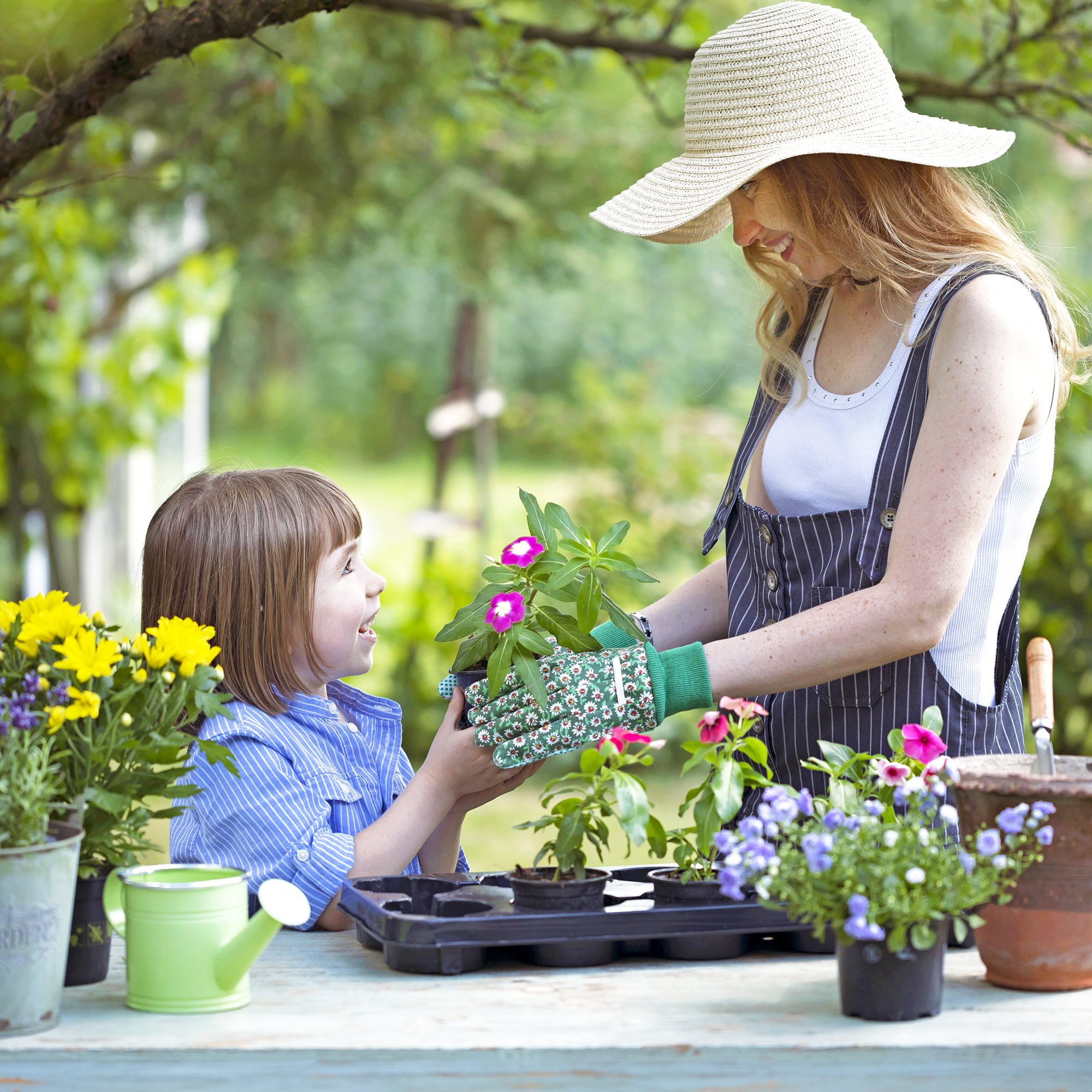 12 Mother’s Day Garden Gifts That Celebrate Moms Who Love To Grow
12 Mother’s Day Garden Gifts That Celebrate Moms Who Love To GrowAll Moms deserve to feel special on Mother’s Day, so treat her to a thoughtful gardening gift that helps her get the most out of her hobby.
By Melanie Griffiths
-
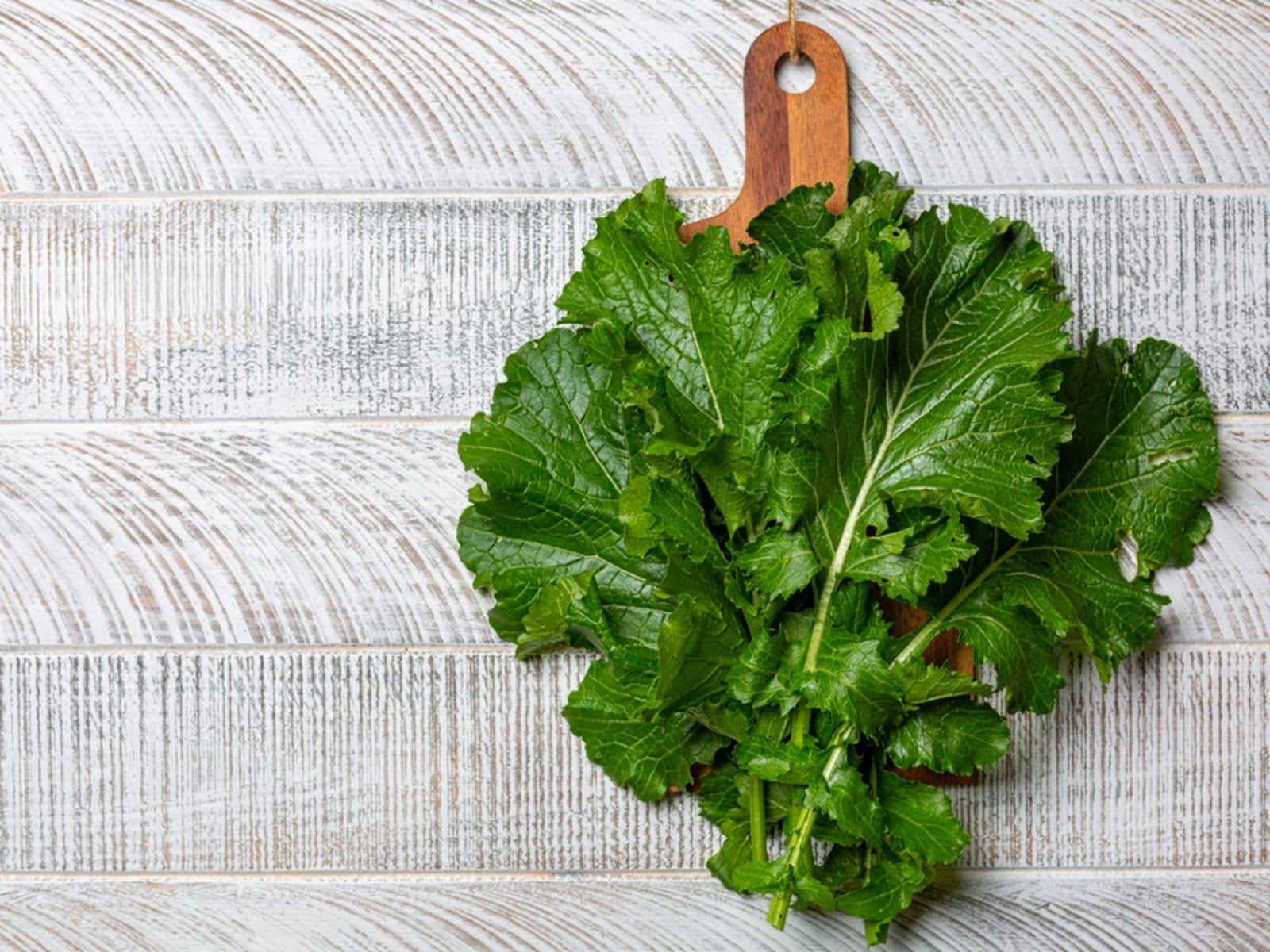 Tips For Cooking Turnip Greens From The Garden
Tips For Cooking Turnip Greens From The GardenTurnip greens are nutritious and tasty. Click to learn more about how to grow, prepare and store them.
By Amy Grant
-
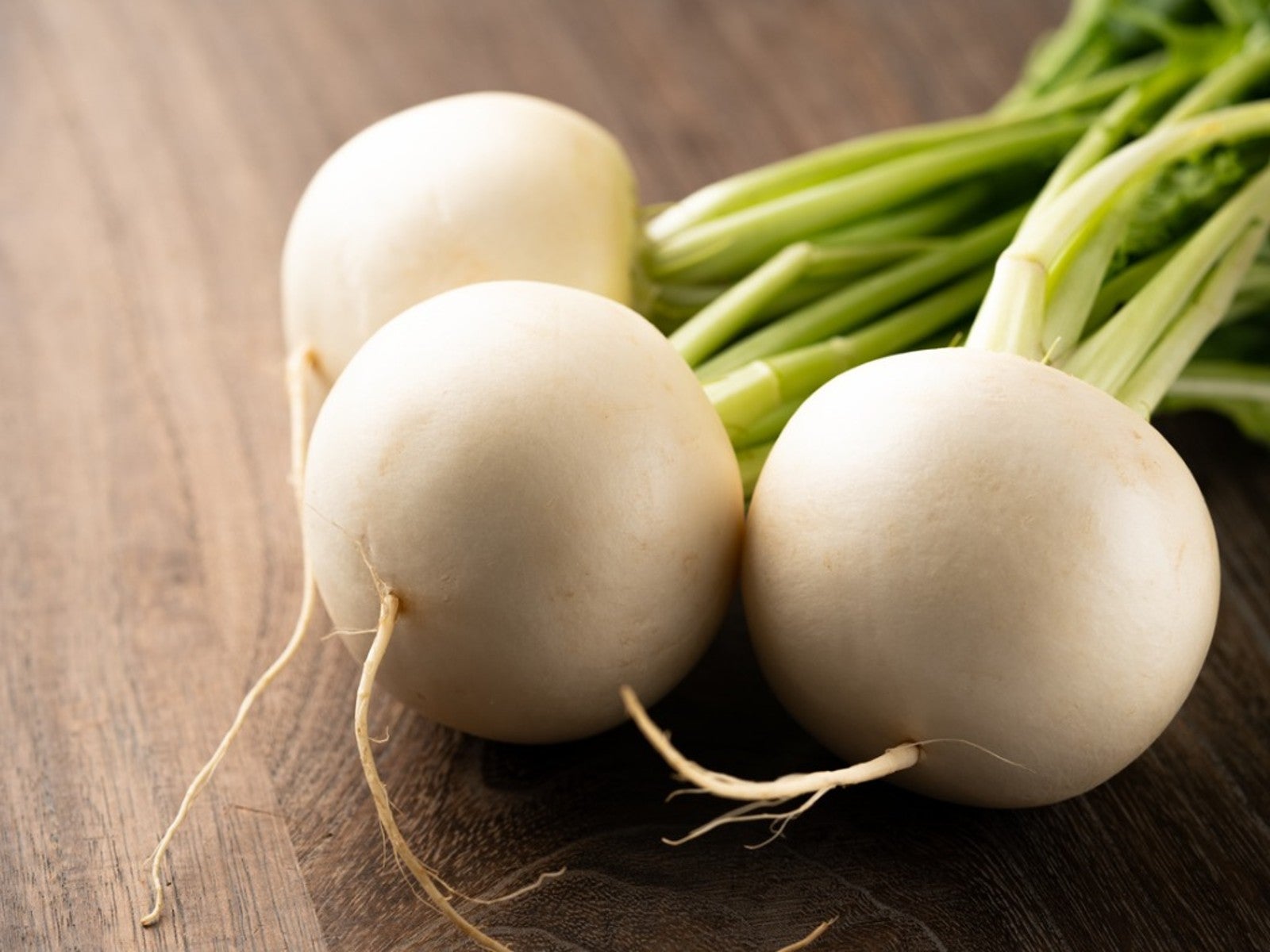 Growing Hakurei Turnips In The Home Garden
Growing Hakurei Turnips In The Home GardenRead about how to grow, harvest and prepare Japanese salad turnips.
By Bonnie L. Grant
-
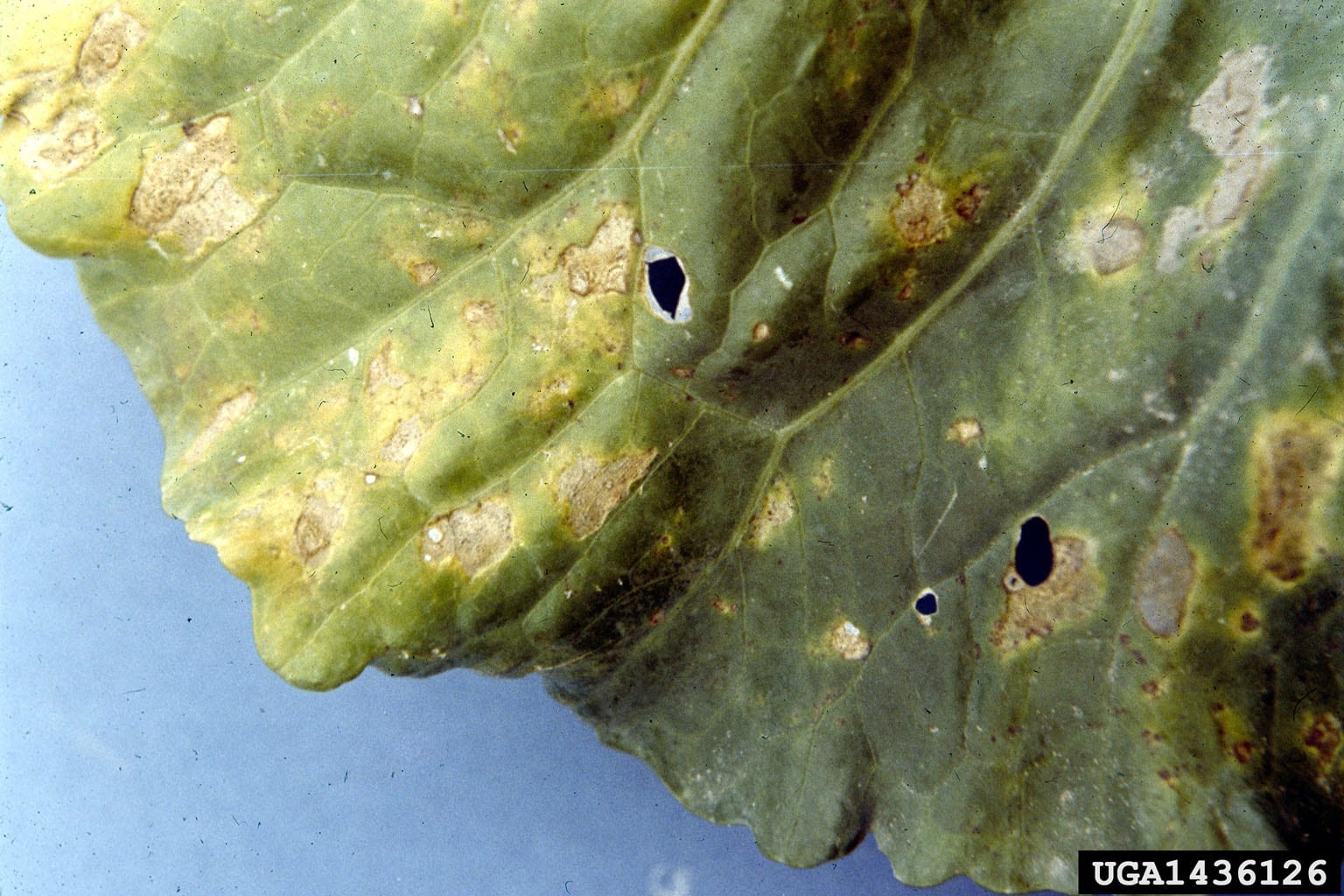 Turnip Downy Mildew Control – Treating Turnips With Downy Mildew
Turnip Downy Mildew Control – Treating Turnips With Downy MildewIf your garden includes turnips or other members of the brassica plant group, you should learn how to recognize downy mildew. Click on the following article for information about this fungal disease, including tips for treating turnip downy mildew.
By Teo Spengler
-
Turnip Bacterial Leaf Spot: Learn About Bacterial Leaf Spot Of Turnip Crops
Turnips with bacterial leaf spot will diminish plant health but will not usually kill it. There are several preventative techniques and treatments if spots on turnip foliage turn up. If you’re looking for more information, then this article will help.
By Bonnie L. Grant
-
What Is Turnip Black Rot – Learn About Black Rot Of Turnips
Black rot of turnips is a serious disease of not only turnips, but most other crucifer crops as well. What exactly is turnip black rot? Because the disease afflicts so many crops, it is important to learn about control. This article aims to help with that.
By Amy Grant
-
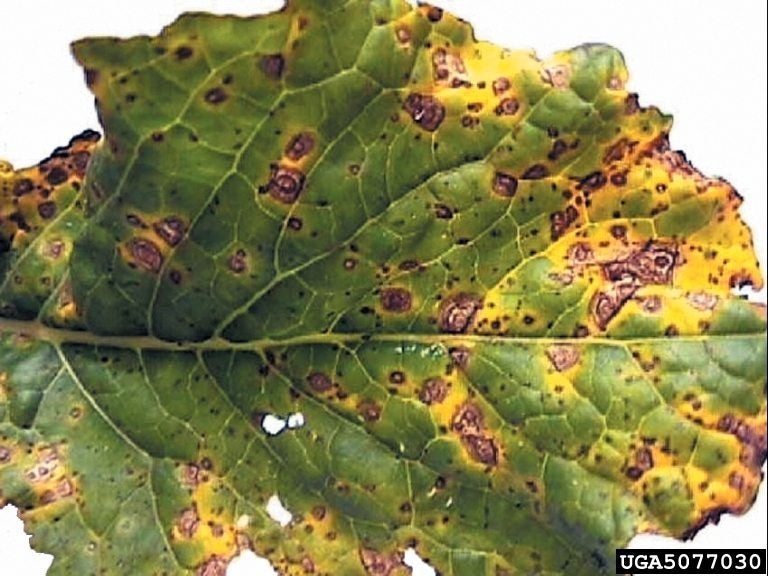 Alternaria Leaf Spot Of Turnip – Treating Turnips With Alternaria Leaf Spot
Alternaria Leaf Spot Of Turnip – Treating Turnips With Alternaria Leaf SpotIf left untreated, alternaria leaf spot of turnips can cause a significant decrease in yield and loss of quality. Getting rid of alternaria leaf spot of turnip isn't always possible, but you can take steps to keep the disease in check. Click this article to learn more.
By Mary H. Dyer
-
 Turnip White Spot Info : What Causes White Spots On Turnip Leaves
Turnip White Spot Info : What Causes White Spots On Turnip LeavesIt is not uncommon to find white spots on turnip leaves. White spot of turnips causes economic damage where turnips are just grown for their greens. Learn how to prevent turnip white spot and save those healthy greens in this article.
By Bonnie L. Grant
-
 Turnip Mosaic Virus – Learn About Mosaic Virus Of Turnips
Turnip Mosaic Virus – Learn About Mosaic Virus Of TurnipsMosaic virus in turnips is considered to be one of the most widespread and detrimental virus infecting the crop. How is mosaic virus of turnip transmitted? What are the symptoms of turnips with mosaic virus and how can turnip mosaic virus be controlled? Find out here.
By Amy Grant